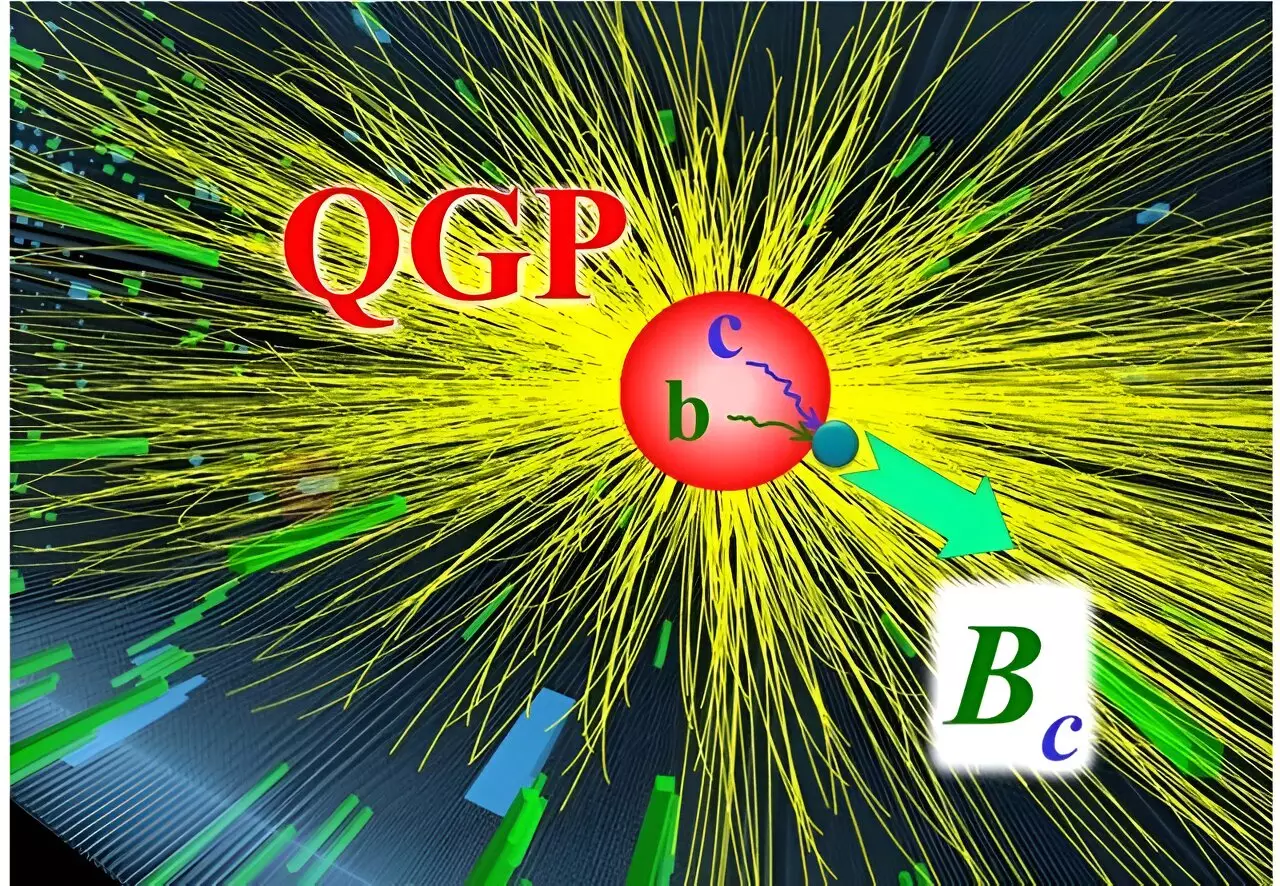Researchers from the HEFTY Topical Collaboration have delved into the recombination of charm and bottom quarks into Bc mesons within the quark-gluon plasma (QGP). This unique state of matter is formed during high-energy heavy-ion collisions and provides valuable insights into the behavior of particles under extreme conditions.
Development of a Transport Model
The team of researchers has created a transport model to simulate the kinetics of heavy-quark bound states as they navigate through the expanding QGP fireball. This model has been successful in describing the production of charm-anticharm and bottom-antibottom bound states, paving the way for predictions related to Bc particles.
One of the key findings of the study is the enhancement of Bc meson production through the recombination of charm and bottom quarks within the QGP. This mechanism, unique to high-energy heavy-ion collisions, serves as a distinct signature of QGP formation and is absent in other types of collision scenarios such as proton-proton collisions.
The researchers conducted theoretical simulations to analyze the diffusion of charm and bottom quarks within the QGP, leading to the recombination process. The results indicated a substantial increase in the yield of Bc mesons in lead (Pb) nucleus collisions compared to proton collisions, especially in “head-on” collisions where a significant QGP fireball is formed.
While the theoretical calculations align with initial data from the CMS collaboration at the Large Hadron Collider (LHC), it is noted that the current data lacks sensitivity to slow-moving Bc mesons. Future experimental data will play a crucial role in providing a stringent test of this unique QGP signature, further advancing our understanding of heavy-ion collisions and particle interactions in extreme conditions.
The investigation into the recombination of charm and bottom quarks into Bc mesons within the quark-gluon plasma offers valuable insights into the formation and behavior of particles under extreme conditions. The development of a transport model, coupled with theoretical simulations and experimental validation, paves the way for further exploration and understanding of QGP signatures in high-energy heavy-ion collisions.


Leave a Reply